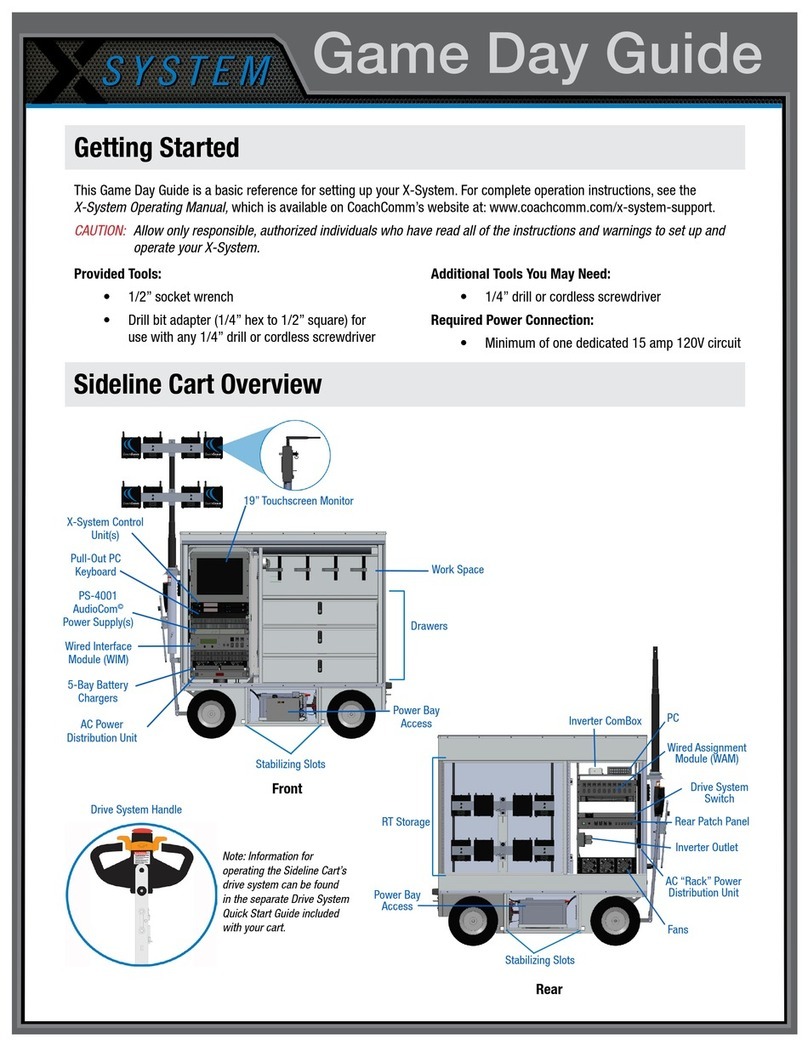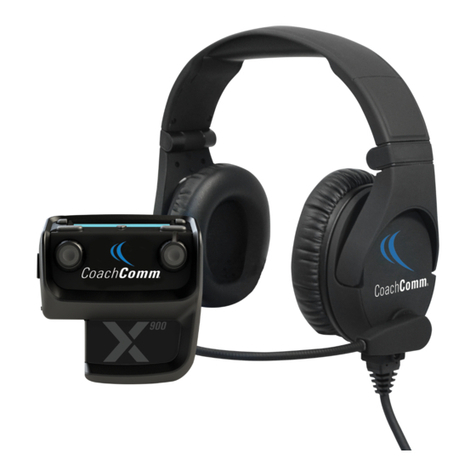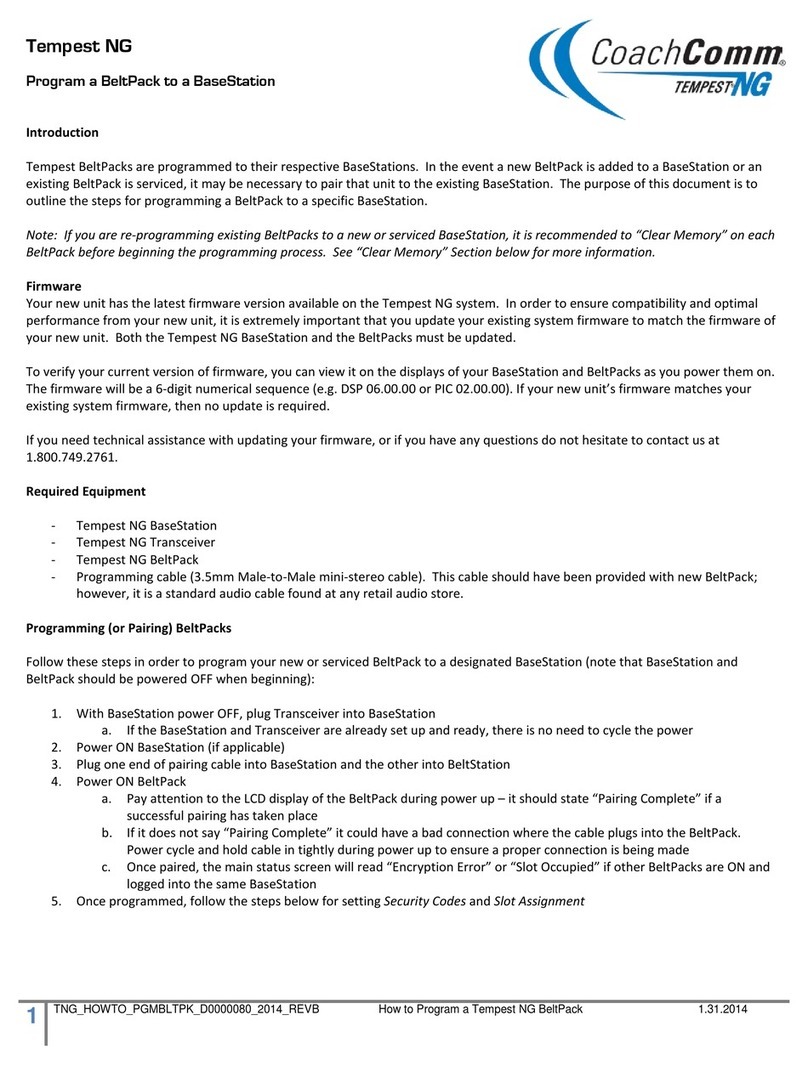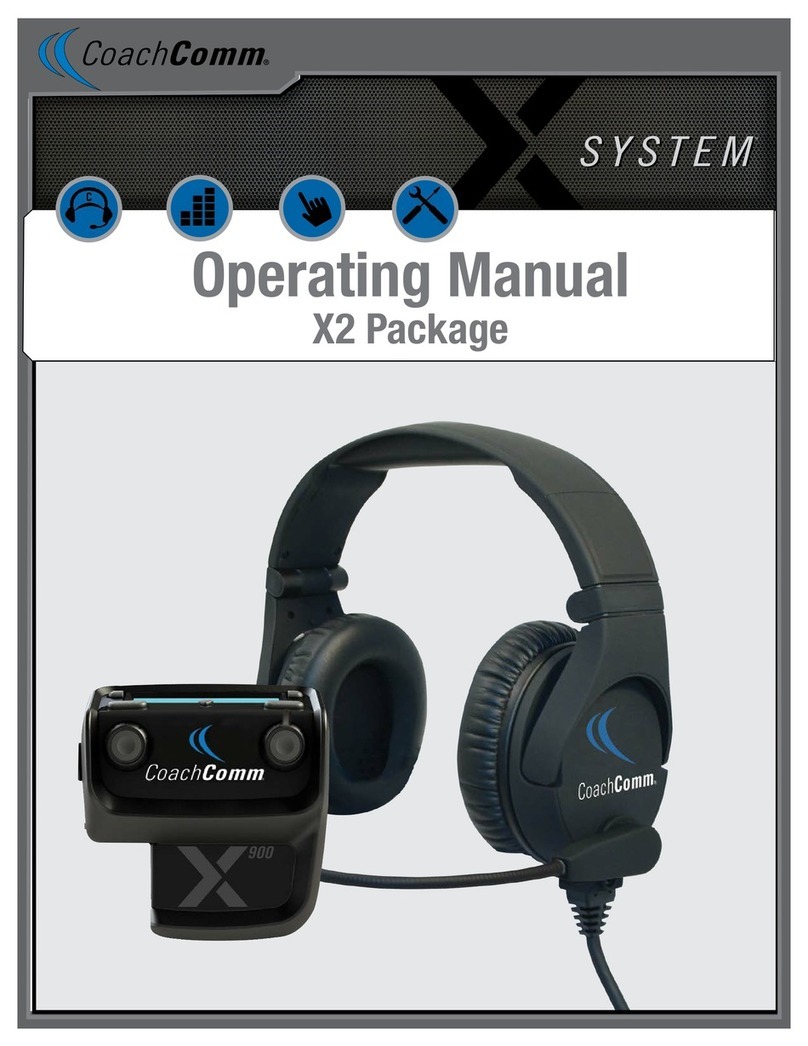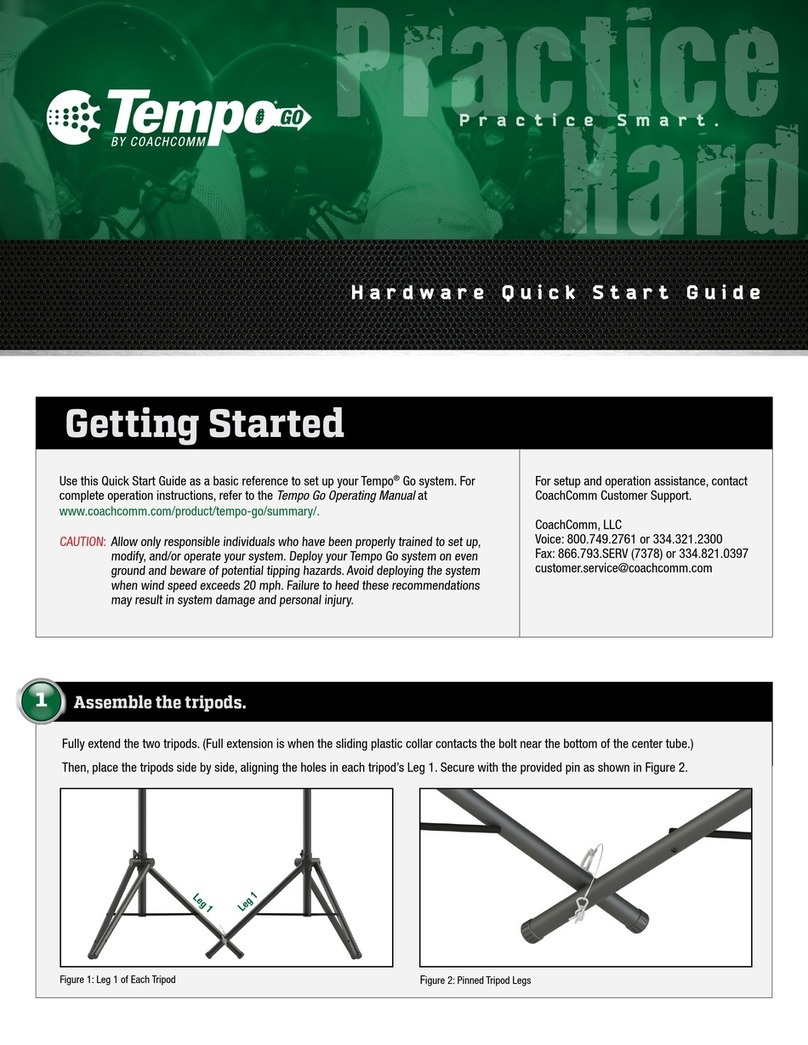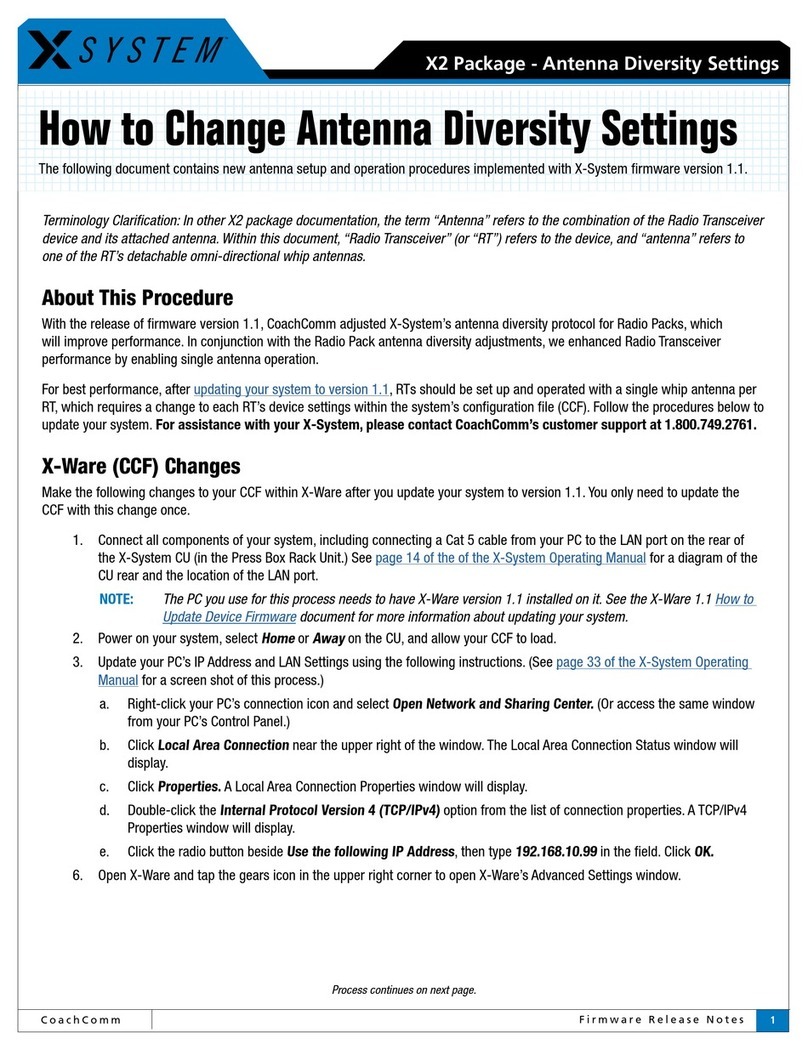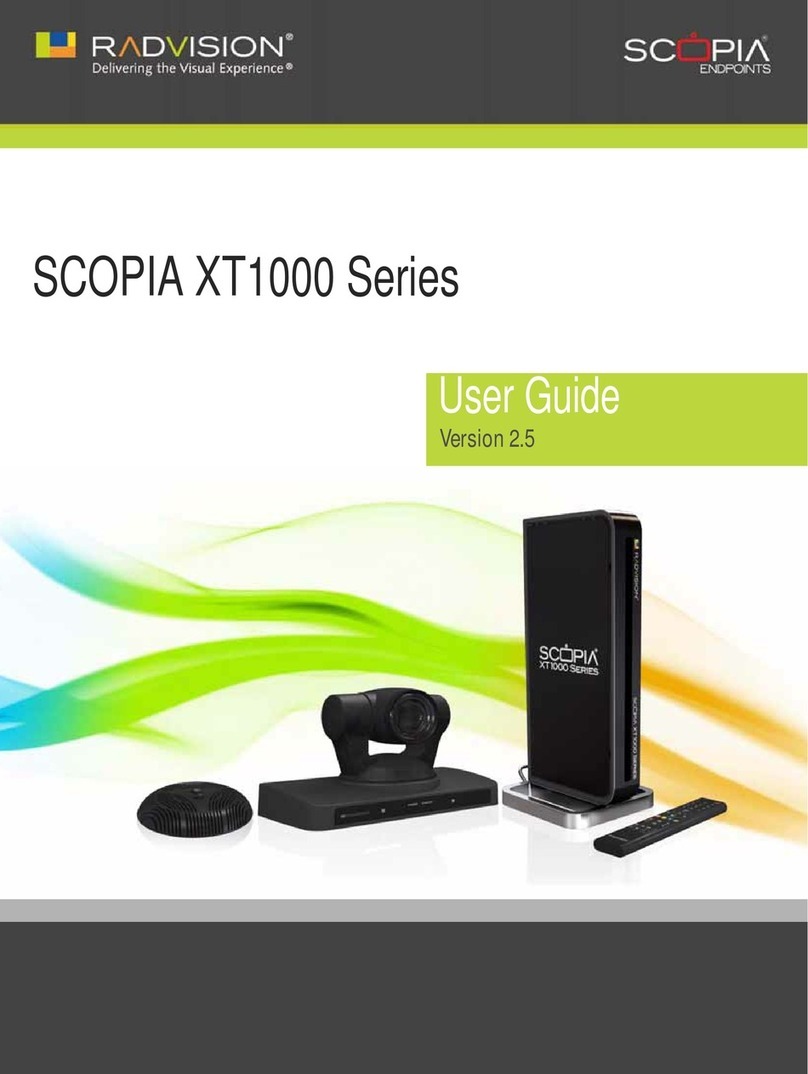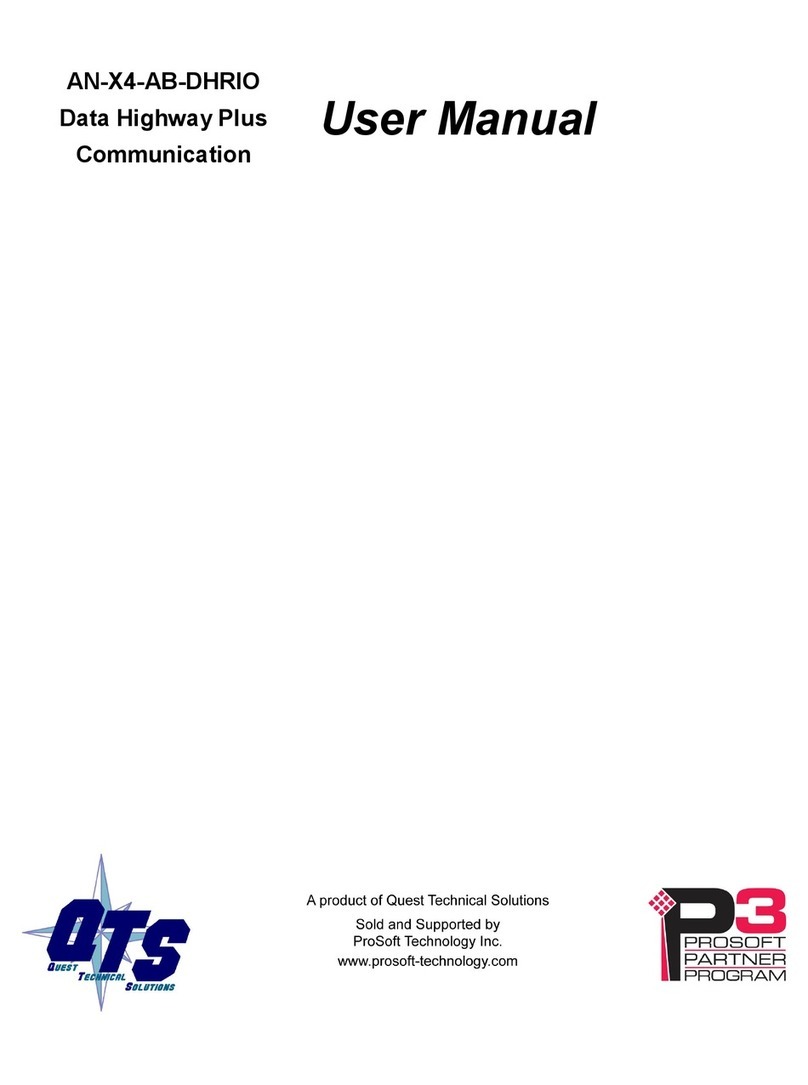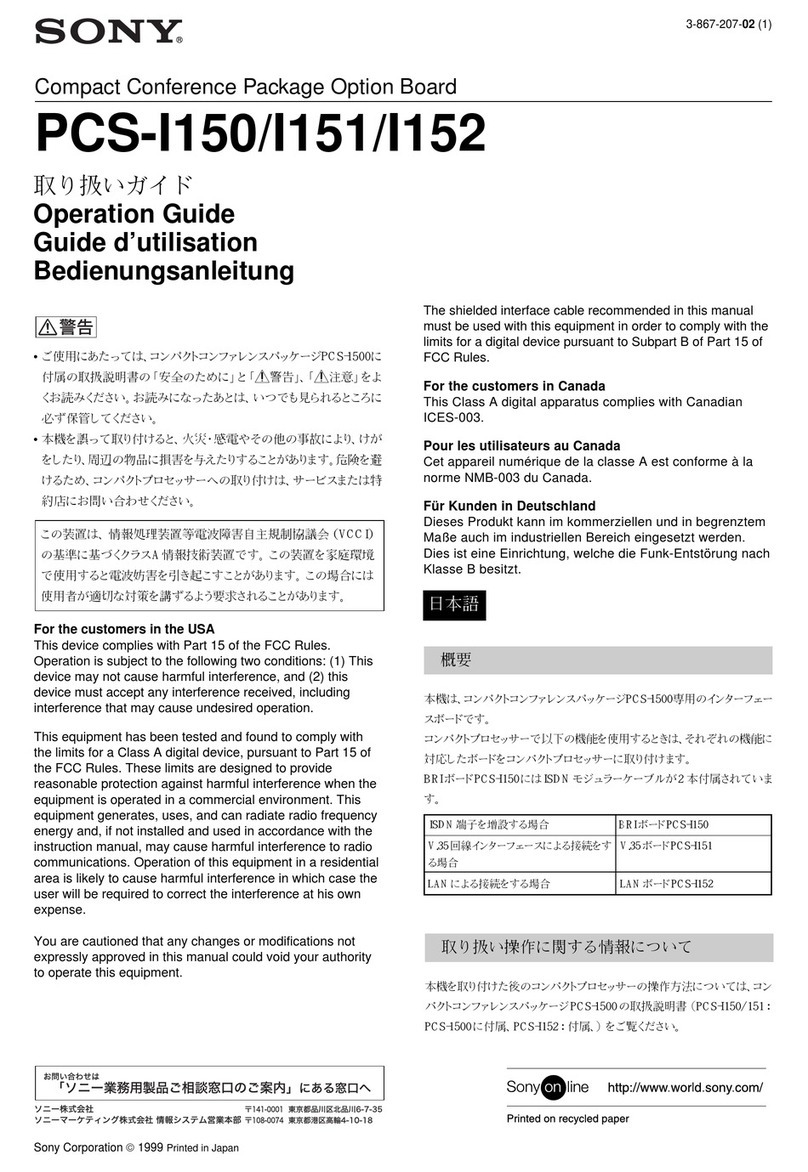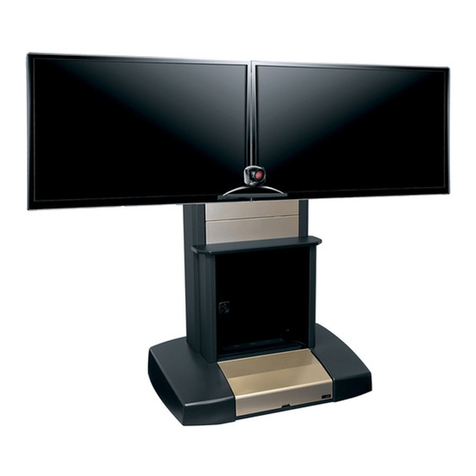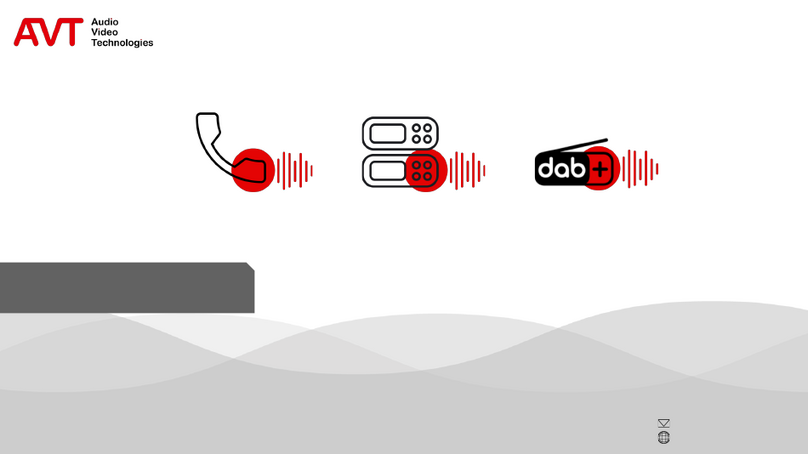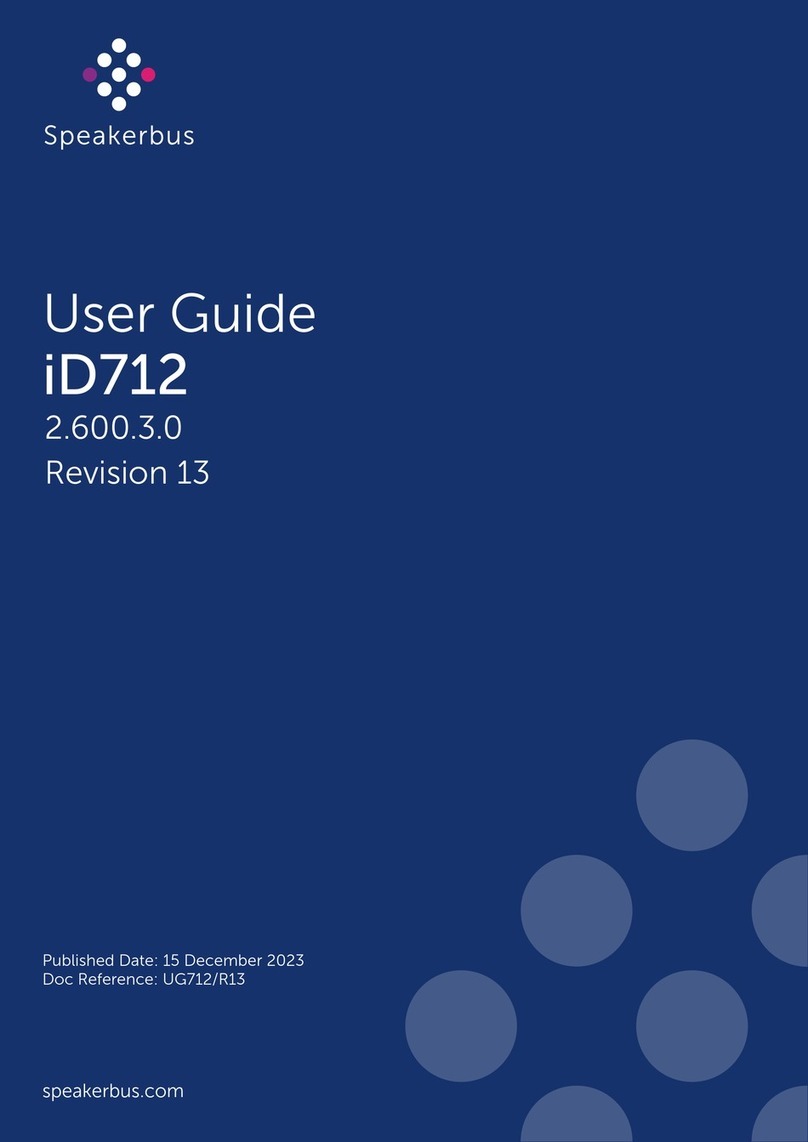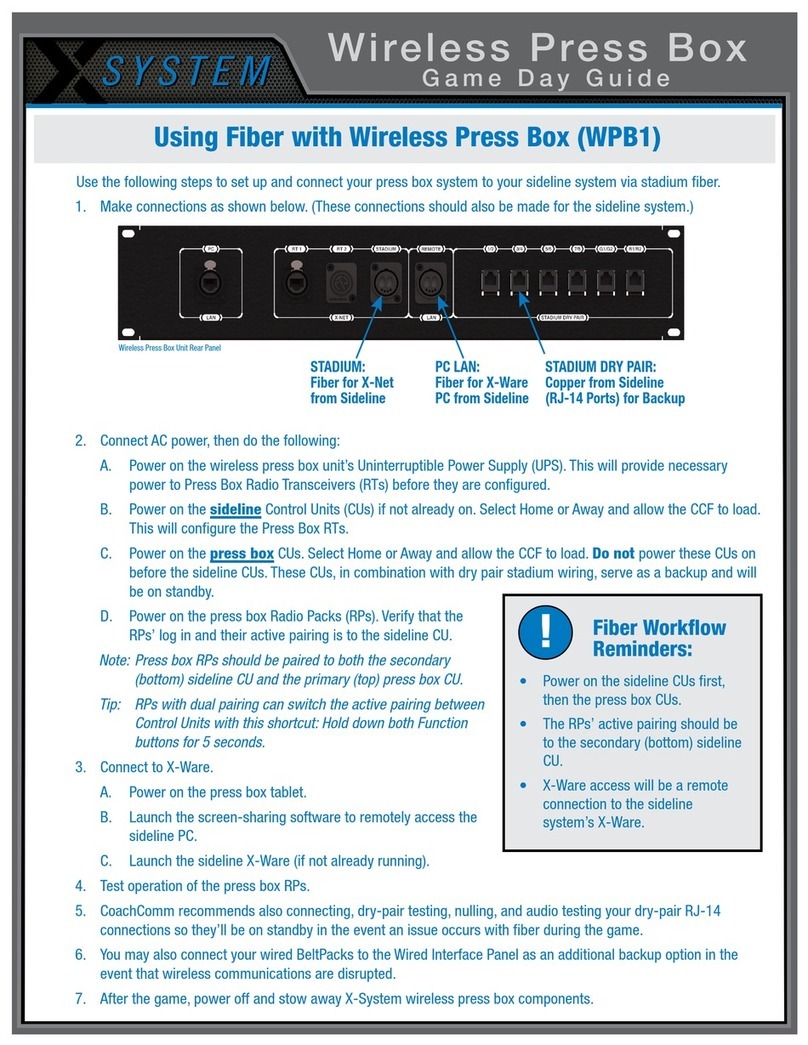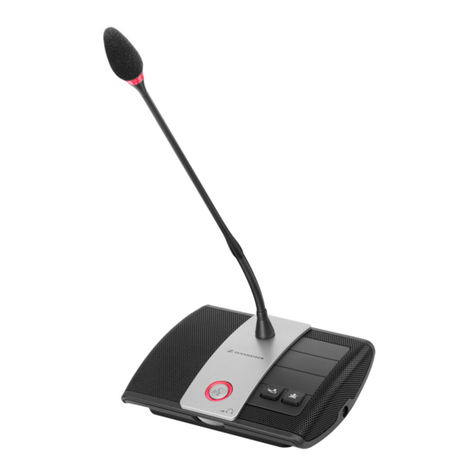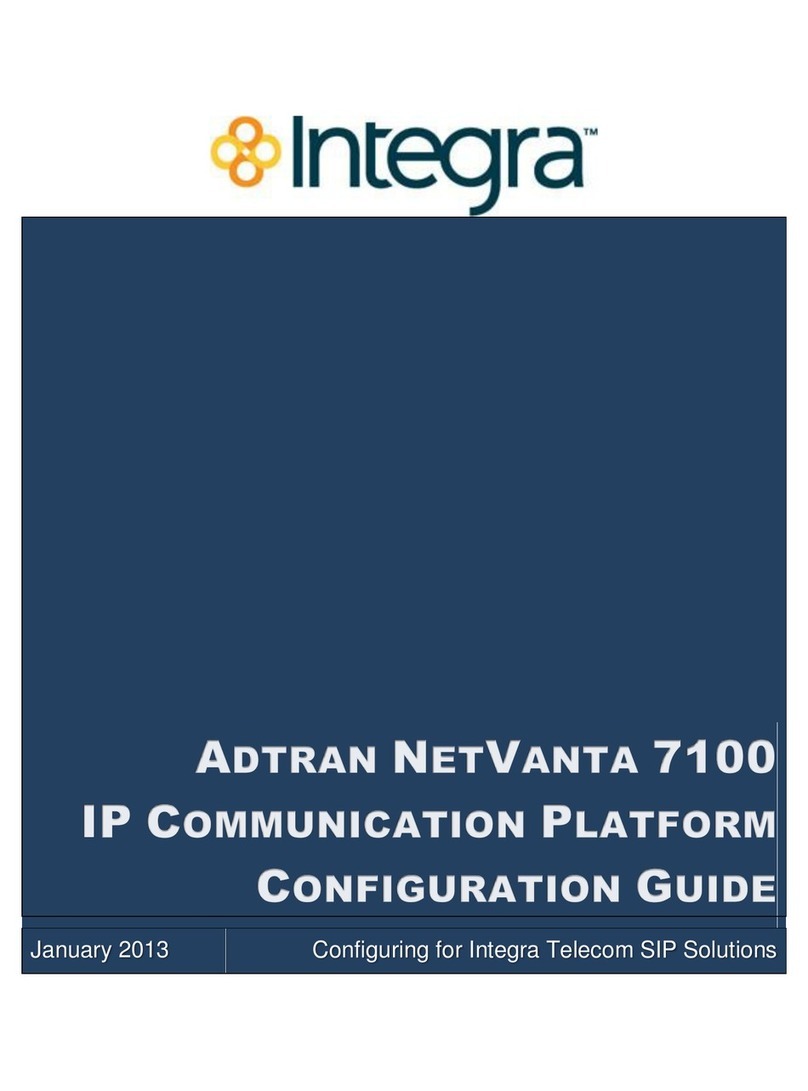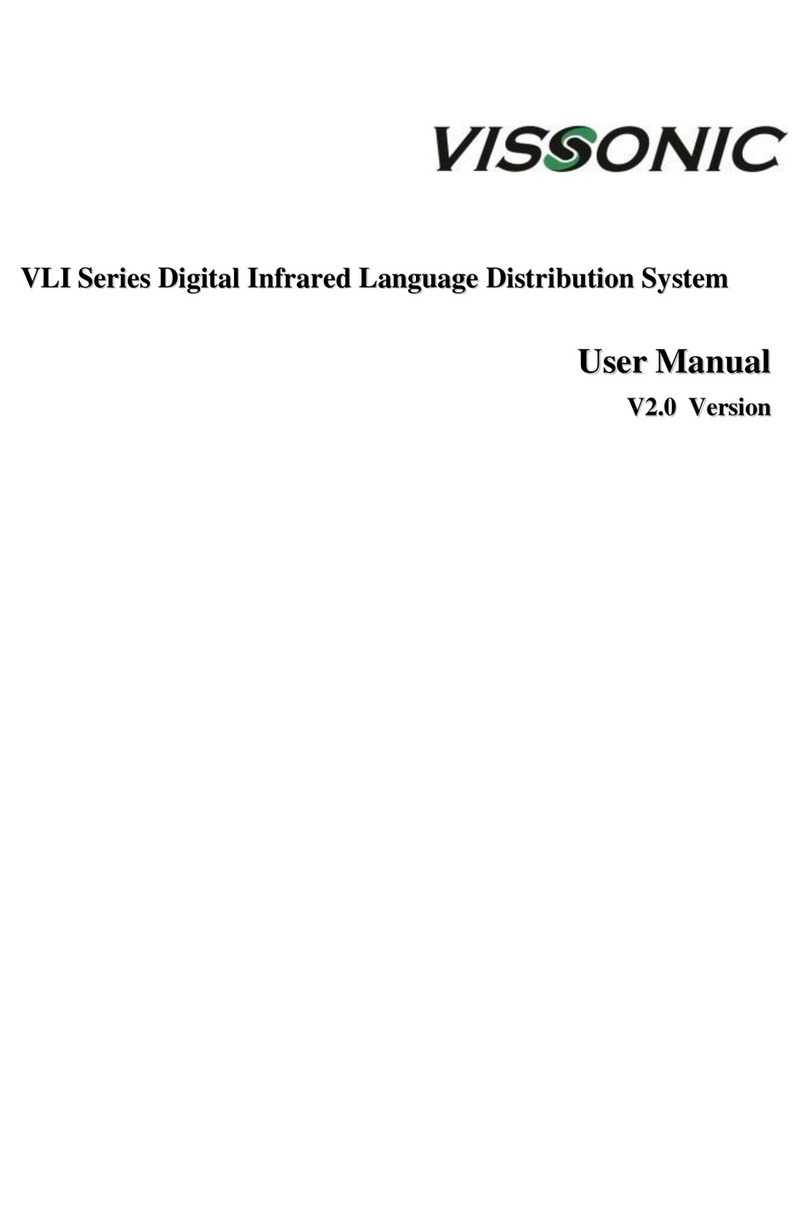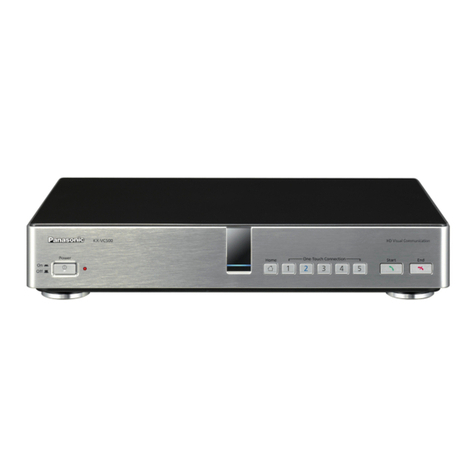
OPERATING MANUAL
800.749.2761 www.coachcomm.com
iv
Table of Contents
Safety Information ................................................................................................................................................1
Electrical Safety..............................................................................................................................................1
Battery Safety.................................................................................................................................................1
Transit Safety .................................................................................................................................................3
Protecting Yourself and Those Around You.......................................................................................................5
Introduction ..........................................................................................................................................................6
What makes X-System so different?...............................................................................................................6
Frequency Considerations...............................................................................................................................6
Stadium Wiring Considerations .......................................................................................................................7
Block Diagrams ....................................................................................................................................................8
Sideline to Wired Press Box Unit (System Diagram).........................................................................................8
Wired Press Box Unit Block Diagram ..............................................................................................................9
Sideline Cart Block Diagram .........................................................................................................................10
Game Day Setup.................................................................................................................................................11
X-System Components ......................................................................................................................................16
Sideline Cart Overview..................................................................................................................................16
Drive System Overview.................................................................................................................................19
Wired Press Box Unit Overview .....................................................................................................................22
PS-4001 Power Supply(s).............................................................................................................................22
Wired Interface Module (WIM).......................................................................................................................23
Ringdown Circuits ........................................................................................................................................25
Wired Assignment Module (WAM) .................................................................................................................26
Sideline Cart Power Management.................................................................................................................27
Sideline Cart Rear Patch Panel......................................................................................................................30
Control Unit (XCU-44)....................................................................................................................................31
Radio Transceivers (XRT-900 and XRT-2400) ...............................................................................................35
Radio Packs (XRP-13) ..................................................................................................................................37
System Accessories............................................................................................................................................44
Wired BeltPacks ..........................................................................................................................................44
Field and Press Box Cables...........................................................................................................................44
Headsets ......................................................................................................................................................45
System Conguration File ...................................................................................................................................46
Saving a System Conguration File...............................................................................................................46
Uploading a Conguration File ......................................................................................................................46
X-Ware ...............................................................................................................................................................49
Home Screen................................................................................................................................................49
RP Icon.........................................................................................................................................................50
Prole Screen...............................................................................................................................................51
Additional System Views...............................................................................................................................53
X-Ware Advanced Settings............................................................................................................................56
System Setup and Operation...............................................................................................................................64
RT Mast Assembly ........................................................................................................................................64
Setting Home/Away Status ...........................................................................................................................67
Turning On 2-Wire Ports and Adjusting Levels...............................................................................................67
Assigning Conferences to Dry Pair Connections (Wired Port) .........................................................................68
Assign Proles from the Control Unit.............................................................................................................68
Auto Null Process ........................................................................................................................................69

